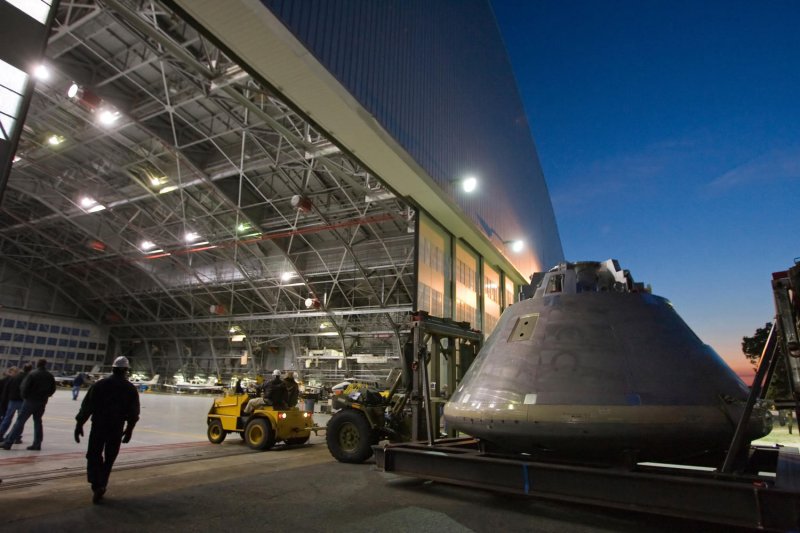CAPE CANAVERAL, Fla., June 11 (UPI) -- The U.S. space agency has unveiled a vertical test stand that will be used this summer to support its Constellation program.
The National Aeronautics and Space Administration and Alliant Techsystems said the stand will be used to test the full-scale abort motor. The launch abort system is designed to pull the crew module away from the Ares I launch vehicle in the event of a launch pad emergency or during the first 300,000 feet after launch.















